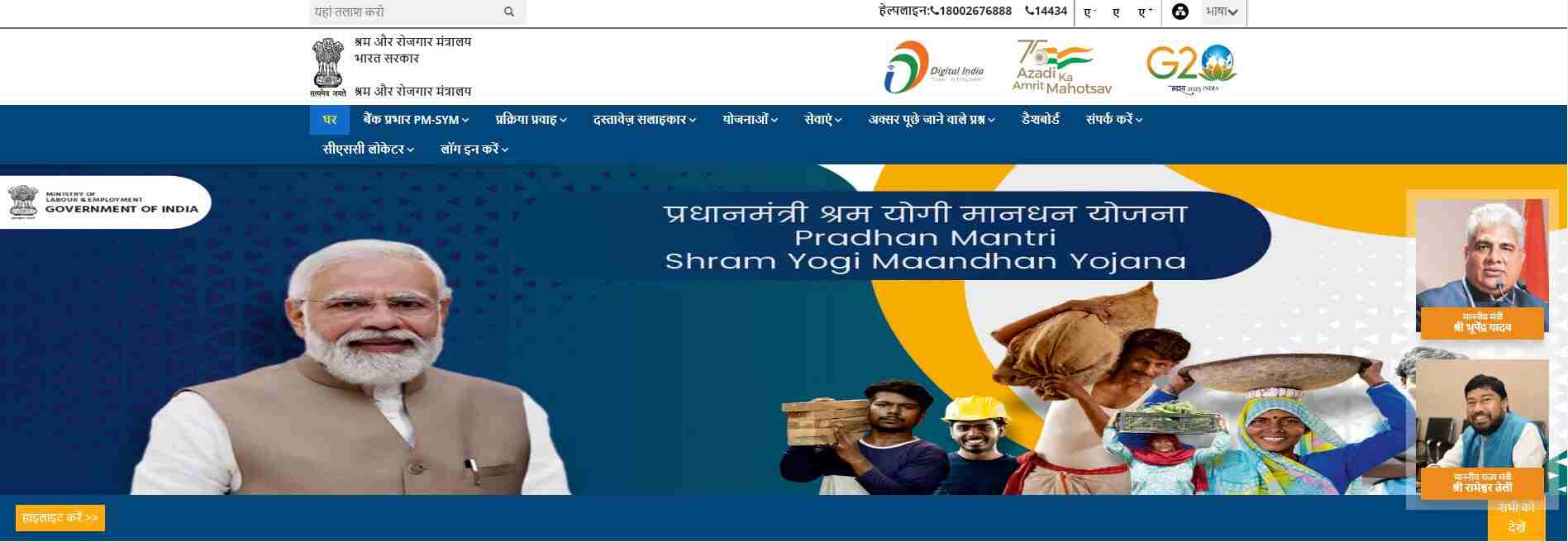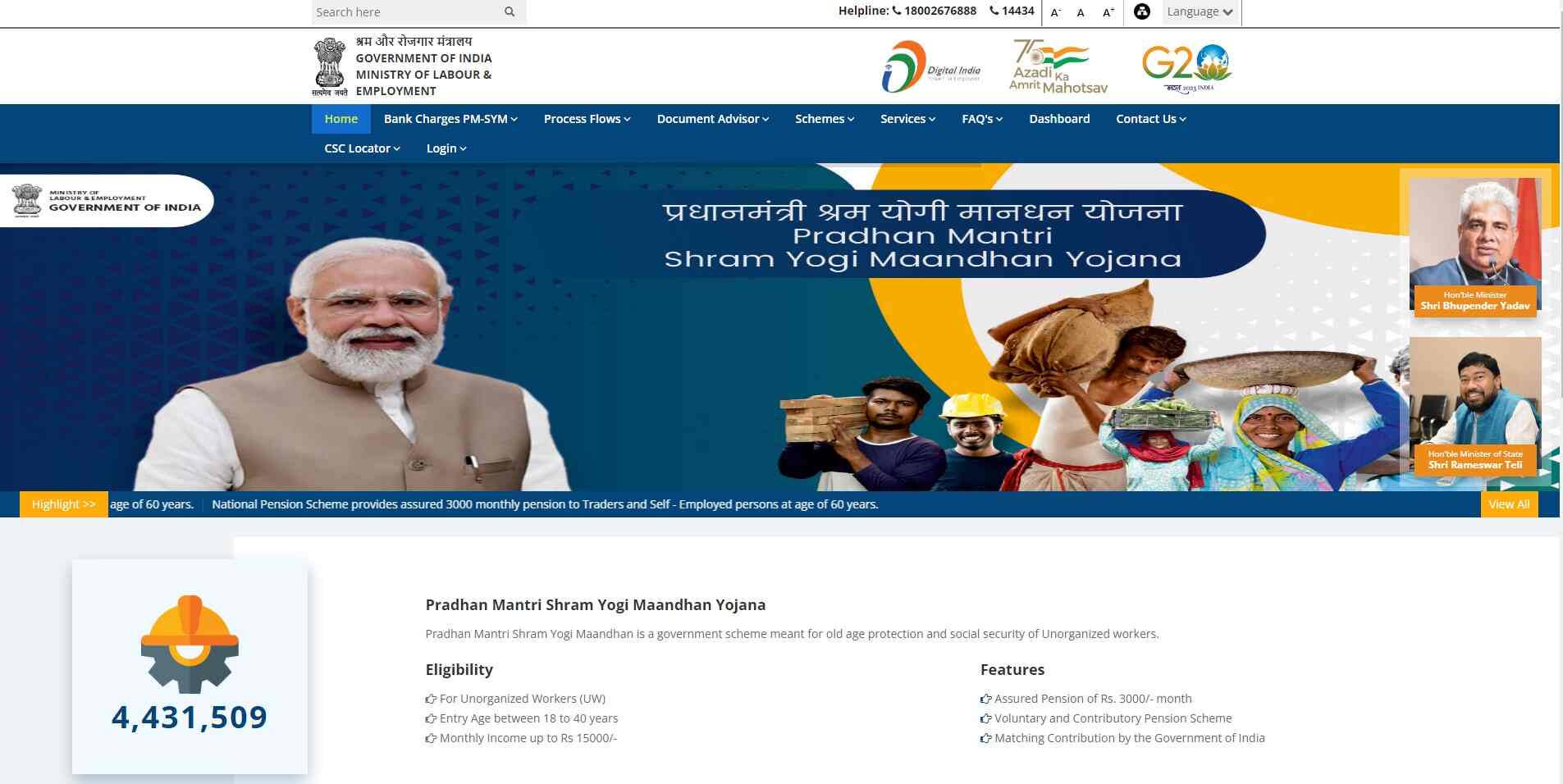Social Security Schemes In India are schemes where the Government tries to provide monetary support to its citizens who have lower or no income in the country.
According to the International Labour Organisation (ILO), “Social security is the protection that a society provides to individuals and households to ensure access to health care and to guarantee income security, particularly in cases of old age, unemployment, sickness, invalidity, work injury, maternity or loss of a breadwinner.”
Social security schemes or Social Welfare schemes in any country are introduced with a motto to help the people who cannot afford the essential needs in society. These schemes in general are backed by the government of the country and the individuals who wish to receive monetary assistance under the schemes have to fulfil the list of eligibility requirements of the particular scheme.
What Is The Need For Social Security Schemes In India?

Social Security Schemes In India
In a developing country like India, where people from multiple social classes live together, it becomes necessary to take certain measures that ensure equality in society. The underprivileged struggle to meet their day-to-day requirements due to a lack of resources at their disposal.
Hence, to combat these issues Jan Suraksha Schemes, or Social Security Schemes were introduced by the Government. These schemes majorly focus on combating macroeconomic issues like Poverty, Unemployment, and Lack of Education, among others.
In the Indian context, these schemes are implemented by the Ministry of Labour & Employment which is one of the oldest and most important Ministries of the Government of India. The main responsibility of the Ministry is to protect and safeguard the interests of workers in general and those who constitute the poor, deprived, and weaker sections of society, in particular.
It also focuses on the promotion of welfare and ensuring social security to the labour force both in organised and unorganized sectors.
List Of Social Security Schemes In India
Now that we have a basic understanding of what social security schemes focus on, let us look at a few of the important schemes rolled out by the government for its citizens. In India, the Ministry of Labour and Employment implements social security welfare schemes through the digital platform called the “eShram” portal.
1. Pradhan Mantri Shram Yogi Maan-Dhan Yojana ( PM SYM)
Pradhan Mantri Shram Yogi Maandhan Social Security Schemes In India is a government scheme meant for the old age safety and social security of Unorganized workers.
An unorganized worker is anybody who is a home-based worker, a self-employed worker, or a wage worker working in the unorganized sector, where the total number of employees is less than 10.
- It is a voluntary and contributory pension scheme where unrecognized workers such as street vendors, rag pickers, etc. contribute money ranging between Rs.55/- to Rs 200/- depending upon the age of the beneficiary every month. The maximum money contribution for a year by the beneficiary ( the person enrolled in the scheme) should not exceed Rs. 2400/-.
Eligibility criteria:
- The beneficiary must be an Indian Citizen.
- The scheme applies only to unrecognized workers such as street vendors, agriculture-related work, construction site workers, workers in industries of leather, handloom, mid-day meal, rickshaw or auto wheelers, rag picking, carpenters, fishermen, etc.
- The beneficiary should be within the age group of 18-40 years while enrolling for the scheme.
- Monthly income must be below Rs.15,000 and should not be a member of EPFO/ESIC/NPS which are funded by the government.
Benefits:
- Under this scheme, a 50% monthly contribution is payable by the beneficiary and an equal matching contribution is paid by the Central Government.
- After reaching the age of 60 years, beneficiaries will receive a minimum monthly assured pension of Rs 3,000/-.
- On the death of the beneficiary, only the spouse of the beneficiary is eligible for a 50% monthly pension.
- If the husband and wife both join the scheme, then they are eligible to receive Rs. 6,000/- monthly pension jointly as a family pension.
2. National Pension Scheme for Traders and Self-employed Persons (NPS)
The national pension scheme is designed for old age protection and social security of retail traders/ shopkeepers and self-employed persons who earn an annual turnover that is less than Rs. 1.5 crore.
These retail traders/ shopkeepers and self-employed persons are generally working as shop owners, retail traders, rice mill owners, workshop owners, commission agents, brokers of real estate, owners of small hotels, restaurants, and other retail traders.
Eligibility:
- The beneficiary must be an Indian Citizen
- The shopkeepers or owners who have petty or small shops, restaurants, hotels, real estate brokers, etc. only are included. This scheme does not cover giant business owners.
- The age of the beneficiary should be between 18-40 years
- The beneficiary should not be covered in EPFO/ESIC/PM-SYM.
- Annual turnover should be less than 1.5 crores.
Benefits:
- Under the schemes, beneficiaries are entitled to receive a minimum monthly assured pension of Rs.3,000/- after reaching the age of 60 years.
- Under this scheme, a 50% monthly contribution is payable by the beneficiary and an equal matching contribution is paid by the Central Government.
- On the death of the beneficiary, only the spouse of the beneficiary is eligible for a 50% monthly pension.
3. Pradhan Mantri Jeevan Jyoti Yojana (PMJJBY)
This is a government-funded insurance scheme in India., which an Indian citizen can claim if they fulfil the following criteria:
Eligibility:
- The age group is between 18 to 50 years.
- The beneficiary should have Jandhan or a savings bank account linked with Aadhaar.
- The premium of Rs. 436/- per year is deducted automatically from the beneficiary’s bank account on their prior consent.
Benefits:
- Insured family members will receive a sum insured of ₹2 lakhs on the death of the insurer due to any cause.
4. Atal Pension Yojana (APY)
Atal Pension Yojana Social Security Schemes In India is a pension scheme for citizens of India that is designed to support unorganized workers. Any Citizen of India can join the APY scheme if he/she can fulfil the following criteria:
Eligibility:
- Must be an Indian citizen
- The age must be between 18-40 years while joining the scheme
- Must have a bank account linked with Aadhaar
Benefits:
- Under the APY, a guaranteed minimum pension ranging between Rs. 1,000/- to 5,000/- per month will be given at the age of 60 years depending on the contributions by the beneficiary
- The beneficiary on his/her choice, can claim a pension of 1000-5000 rupees every month, or he/she can also opt for an accumulated sum of the pension after his/her death.
- The accumulated amount will be given to the spouse of the beneficiary. If the spouse is also dead, then to the nominee.
5. PDS ( Public Distribution System)
This is an Indian food security system established by the Indian Government under the Ministry of Consumer Affairs, Food, and Public Distribution to provide food items for poor people across the country at subsidised rates.
Eligibility:
- Must be an Indian citizen
- All families below the poverty line are eligible.
- Families that do not have a member between ages 15 and 59 years of age.
- Those who do not have a permanent job and only engage in casual labour.
Benefits:
- 35 kg of rice or wheat every month for BPL card holders, and 15 kg of food grain every month for Above Poverty Line card holders.
6. Pradhan Mantri Awaas Yojana – Gramin (PMAY-G)
This is an initiative by the government of India to help poor people (basically below BPL) by providing them with affordable housing facilities.
Eligibility:
- Must be an Indian citizen
- Families including workers, where do not have members between ages 15 and 59 years of age.
- Any family that has a disabled member can also claim the benefits under Pradhan Mantri Awas Gramin Yojana
- Those who do not have a permanent job and only engage in casual labour.
Benefits:
- Assistance is provided to the Beneficiary up to 1.2 Lakhs in plain areas and 1.3 Lakhs in Hilly Areas to build the house
7. Ayushman Bharat-Pradhan Mantri Jan Arogya Yojana (AB-PMJAY)
This is a public health insurance scheme funded by the government of India to provide healthcare facilities at affordable prices to the poor citizens of the country. It is a part of the Government”s National Health Policy.
Eligibility:
- Families with Income Less than 5 lakhs per annum.
- Families with no male members aged 16 to 59 years.
- Beggars and those surviving on alms
Benefits:
- It covers the cost of up to Rs. 5 lakhs per family per year for secondary and tertiary care hospitalization.
8. Pradhan Mantri Kisan Mandhan Yojana
This is an Initiative started to help small and marginal farmers in their old age. For those farmers who do not have other livelihood income, this is a life-saving scheme.
Eligibility:
- Must be an Indian Citizen
- A beneficiary must be Small or Marginal Farmers
- Entry Age should be between 18 to 40 years
- Must have cultivable land up to 2 hectares as per land records of the concerned State/UT
Benefits:
- Assured pension of Rs. 3000/- month to the beneficiary
- Equal Contribution is made by the Government of India.
Also Read: What is Sovereign Gold Bond Scheme? Should you Invest?
Closing Thoughts
In this blog on Social Security Schemes in India we have discussed the prominent schemes the Government of India has undertaken to promote the social security of the citizens. That is for this blog, Happy reading!
Tag: health insurance schemes in India, social security schemes for senior citizens in India, government social security schemes in India, social security schemes in India, pradhan mantri shram yogi maan dhan yojana pm sym, pradhan mantri jeevan jyoti yojana pmjjby, atal pension yojana apy, pds public distribution system, pradhan mantri awaas yojana gramin pmay g, ayushman bharat pradhan mantri jan arogya yojana ab pmjay, pradhan mantri kisan mandhan yojana, Social Security Schemes in India, Social Security Schemes for Farmers in India, list of social security schemes in India, important social security schemes in India, latest social security schemes in india









